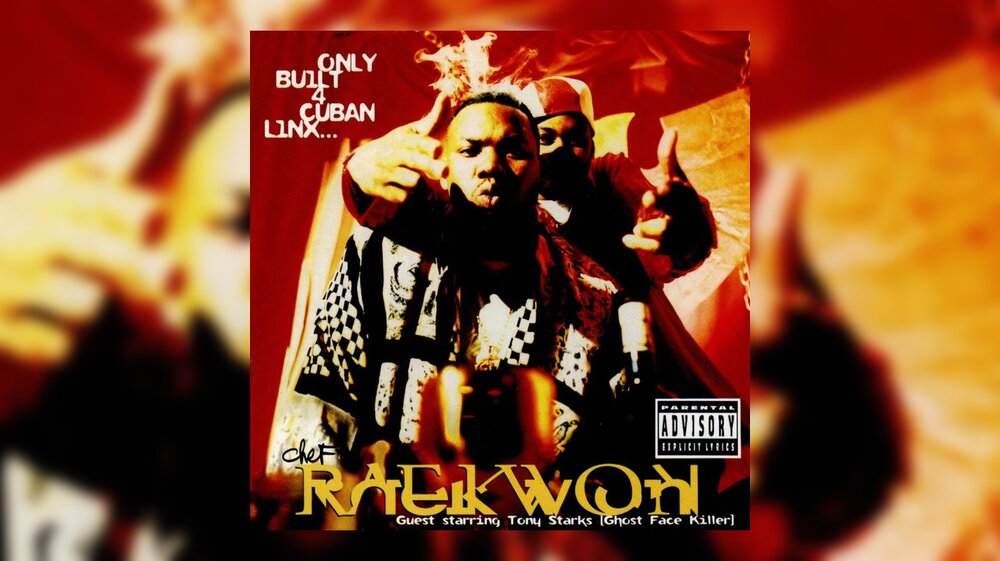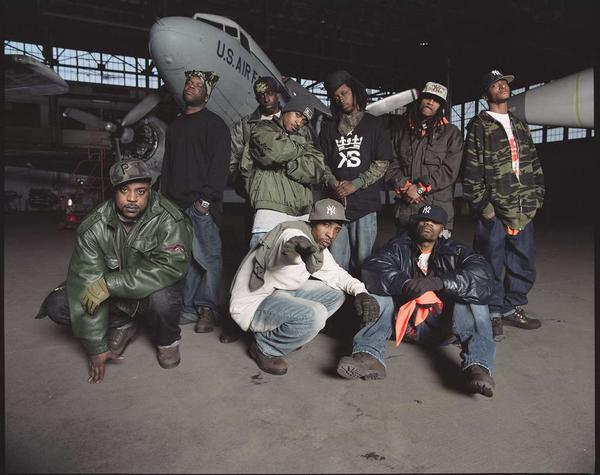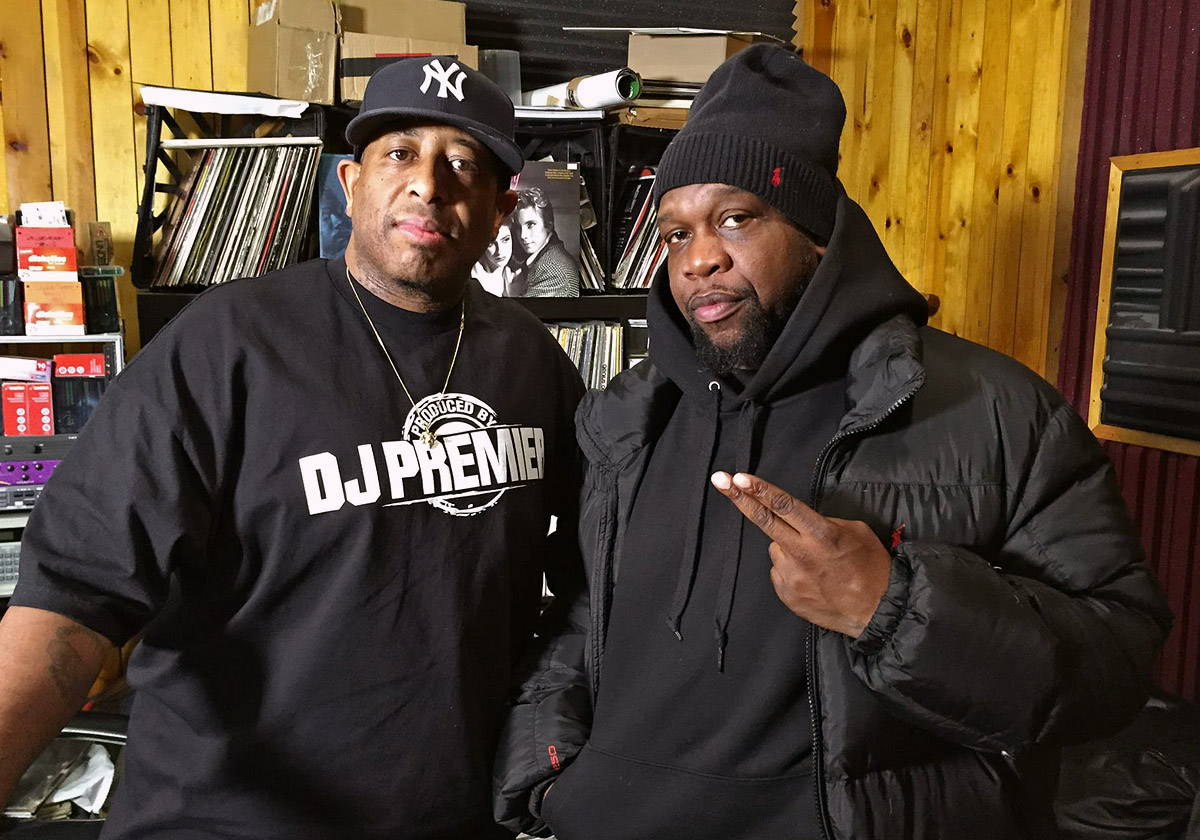“Beat Street” gave us the culture, complete with hip-hop, breakdancing, graffiti and the Bronx.
“Beat Street break down, Rah!”
On June 8th, 1984, we were given a movie about the culture, one which touched on everything from music, art and fashion to social issues and a time in New York City where true creativity and hustle rose out of tough times.
Directed by the legendary Stan Lathan, “Beat Street” took us into a world which some were just beginning to see while others lived it every day. It was a time of transition and also one of new life. In order to truly appreciate the film and what it gave us, you must first understand the state of the times.
In the 70s, New York City was in a dire position. The city has a severe budget crisis and the federal government initially refused to step in and assist. Crime continued to rise, urban decay was occurring, Times Square was comprised of drugs and prostitution and the city wide blackout in 1977 led to looting and destruction. In the Bronx, the borough was feeling all of these effects, but it was also literally burning as white flight was occurring and many white landlords were setting fire to crumbling buildings in as they fled to the suburbs in a scandal plagued era which devastated the borough for decades.
But the 80s brought change through creativity and a new culture that was gaining steam and turning heads, one that, ironically, rose from the ashes in the Bronx.
Hip hop was emanating out of the burned out buildings, brick filled lots and neighborhoods where many refused to visit. We witnessed a new style, where windbreakers, fat laces and and boomboxes dominated the streets. It was an era where the culture gave brands such as Puma, Adidas, Kangol, Lee, JVC and Panasonic their stamps of approval.
It was a time when the music helped bring attention both to the culture and the issues of the time. Songs like “Planet Rock” and “The Message” were blasting out of tape decks across the city and Hollywood took notice as they released four classic films in a span of three years about the infant hip hop culture: “Wild Style” (11/23/83), “Breakin'” (5/4/84), “Krush Groove” (10/25/85) and the one we celebrate today, “Beat Street”.

“Beat Street”- YouTube
Starring Rae Dawn Chong and Guy Davis, “Beat Street” introduced us to not only the music, style and dancing of the streets, but also some of the faces with long standing in hip hop. We met originators such as Afrika Bambaataa, Kool Herc, Kool Moe Dee, the Treacherous Three, Doug E. Fresh and Crazy Legs, names that are emblazoned in the annals of hip hop history. We also got brief glimpses of talents such as Brenda K. Starr and The System, artists who didn’t have big careers, but whose music still resonates today.
“Beat Street” was a story about family, not all of blood relation but family in love, vision, support and passion. We watched as Kenny “Double K” honed his talents as a DJ and eventually grew into a producer. We saw his brother Lee tagging along, wanting to become a name in breakdcancing. With his boys Ramo, a talented artist making his name through the art of graffiti, and his manager, Chollie, they worked their hustle to grow their careers and carve out a path for themselves. Kenny winds up meeting Tracy and their relationship evolves despite a rocky start, eventually coming together through a love of music.
The 80s was a decade which followed on the heels of the tough times of the 70s, a dark time that was depicted in films such as “The Warriors” and “Death Wish”, where New York was more known for violence and crime. But the 80s brought change to the times, and “Beat Street” contributed to that trend through music and art, particularly the street arts of graffiti and breakdancing, the latter which gave us the iconic battle scenes from the movie at “The Roxy” and in the subway.
https://www.youtube.com/watch?v=c_ShwO10d6g
It was an art form that people loved trying and watching, but that many didn’t understand. It was a new art form that discouraged the fighting that was taking place in the streets, and instead replaced it with an athletic form of non-contact fighting where the judges were those watching the battle. It happened in every borough and could take place at any time. All you needed was a boom box and some cardboard and it was on. It’s a skill and talent that gave birth to the subway pole dancers many of us have to make room for during our daily commutes in New York today. But it’s also one that still lives to this day, globally.
In “Beat Street”, Stan Lathan touched upon almost every element in the urban jungle and in the culture. He gave up hip hop, breakdancing and graffiti, But he also showed us how people made do without normal resources, such as heat and electricity. We saw a full house party go down with some extension cords and power from the light pole on the street. We saw how a vacant apartment could be made livable for a young family trying to make it on their own. We saw how people from different backgrounds could come together through the joint love and appreciation of music.
And we saw how talent can rise from places where you least expect it, including the crumbling neighborhoods of the Bronx.
The film was made during a time where hip hop was slowly starting to seep into the mainstream, but it was still fighting for its place at the table. In New York, it was fighting for airtime on stations such as WBLS and KISS-FM, where DJs such as Red Alert and Chuck Chillout were carving out a space for the music during their time slots. It was getting more exposure thanks to people like Ralph McDaniels, who created “Video Music Box”, giving us a place to watch music videos and artists that other networks were refusing to acknowledge or play.
“Beat Street Is A Lesson Too, Because You Can’t Let The Streets Beat You.”
“Beat Street” exemplified the fight that inner city culture put on to take what it deserved. Recognition, appreciation, resources and a place at the table. Don’t get it wrong though; the movie, Crazy Legs, Grand Master Flash and others weren’t doing it for acceptance. They were doing it because they loved it, and eventually everyone else felt the power, passion and attraction of the music and the art.
Yet it wasn’t all good in the hood. As we all know, things can change in an instant, and that’s exactly what happened to Ramo and Kenny one night when they were bombing “the White One” and Spit decided to ruin his mural. Ramo’s death was a painful reminder of how the streets can quickly claim the ones we love, changing lives in an instant.
But through death comes life, which we witnessed in the closing scene of the film, where Kenny put on the celebration to honor his fallen friend.
This final scene was filled with messages. Messages of love, death, tribute, inspiration and celebration. But it also showed us how music and art could bring us all together despite our backgrounds, cultures, upbringing and features. If you listen to the lyrics of the title song itself, you’ll hear what Melle Mel was trying to tell us, giving us more messages to follow if we paid attention and understood.
In times of despair, people need something to rally around, be inspired by and be proud of. They need an outlet for expression. That’s what hip-hop and its culture gave us, and that’s what “Beat Street” captured.
“Beat Street” wouldn’t win any awards, but it has, in my opinion, become a classic and must watch for anyone who considers themselves a true hip hop head. It was a movie about art, family and a culture which has never showed signs of slowing down or being restrained. It was made for the culture and, most importantly, it was made for us.



